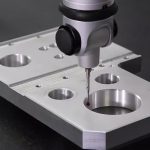
Aluminum alloy CNC processing application case
2025-03-26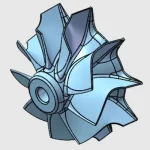
Research on 5-axis CNC machining of vortex stainless steel impeller
2025-03-28What exactly is the "CNC process" used in smart lock processing?
In the past one or two years, some high-end smart door locks have marked the use of "CNC technology" in their promotional posters, and introduced that this technology can make the panel cleaner and effectively prevent fingerprint residue.
We know that residual fingerprints on the smart lock panel is a rather troublesome problem. On the one hand, it will make the panel dirty and need to be cleaned regularly. On the other hand, exposing your fingerprints will always make people feel unsafe.
So what is the "CNC technology" here? How does it solve this problem?
The full name of CNC is Computer Numerical Control, which is commonly known as "numerical control". The CNC process is a process that uses numerical control equipment to process the structure and appearance of products.
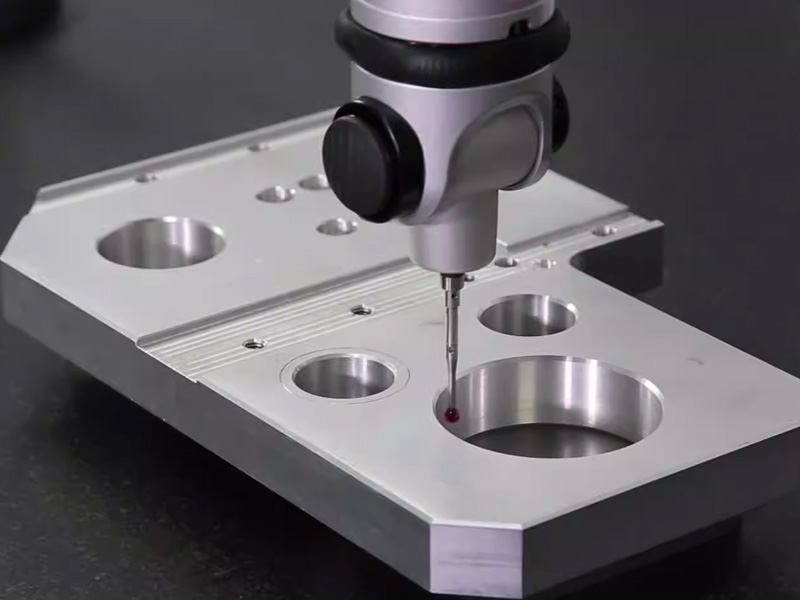
CNC technology was first used on a large scale in the production of metal panels for mobile phones.
CNC technology was born with the original intention of producing fine parts. It is an all-metal one-piece processing technology pioneered by Apple. The aluminum plate is first cut into the prototype of the one-piece body through precision machining. As the body gradually takes shape, the keyboard shape and various fine structures on the body are milled out.
In the past, metal casting mainly used the die-casting process, which means making a mold in advance, pouring the molten metal into the mold, and getting the product after cooling. The advantage of this process is that it is suitable for large-scale mass production, but the disadvantage is that it is not fine enough.
Therefore, the CNC process can be figuratively understood as "carving", and the CNC milling machine is equivalent to a "carving knife", and the entire piece of aluminum is "carved" into shape.
For smart door locks, most of the lock panels currently use die-casting technology.
On the one hand, it is because of cost factors, and on the other hand, because smart locks are not as delicate as mobile phones, the die-cast panels are indeed sufficient to meet most daily needs.
So what are the intentions of manufacturers who use CNC technology for smart locks? This involves comparing the advantages and disadvantages of CNC and die-casting.
As mentioned earlier, the die-casting process is to cool the molten metal into a specific shape. During this process, the lattice configuration of the metal is damaged to a certain extent, resulting in insufficient strength of the die-cast metal parts, which may deform and break under the action of external forces. In addition, during the cooling of the metal, the pores inside and on the surface are difficult to avoid, resulting in the surface of the cooled parts not being smooth enough, which in turn affects the later surface treatment process.
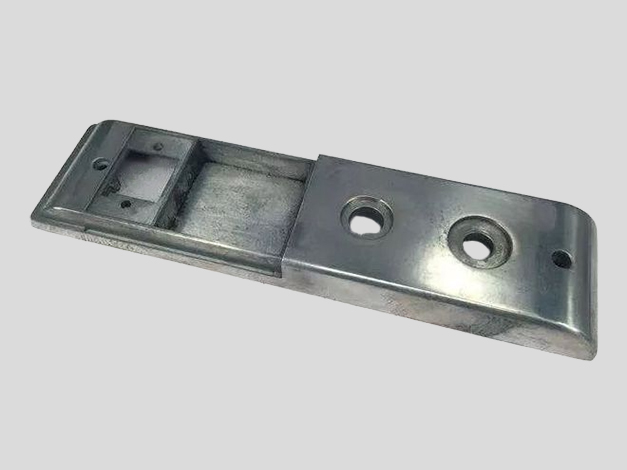
Smart lock zinc alloy panel, die-cast
In contrast, the CNC process is more secure in terms of strength because it "carves" the whole piece of metal. Even if a large external force is applied, the CNC panel can be guaranteed not to break.
Since it does not involve cooling of molten metal, there are no pores on the surface, which is relatively smooth and more conducive to surface treatment.
The common surface treatment process bound to the CNC process is anodizing, which forms an aluminum oxide film on the surface of the panel through the principle of electrolysis (the materials that can be used for CNC process are stainless steel, aluminum alloy, and zinc alloy, but aluminum alloy is soft, low cost, and easy to oxidize, so it is chosen by more manufacturers), which effectively improves the surface hardness of aluminum. For the panel of the smart lock, the combination of CNC process and anodizing process can make the panel smoother while improving the hardness of the panel, thereby reducing the residual fingerprint marks.
In addition, the surface processed by CNC can have a variety of color effects, similar to the dual-color, high-gloss, brushed, etc. on mobile phones, and can also achieve a three-dimensional effect on the product, which enhances the texture of the metal itself.
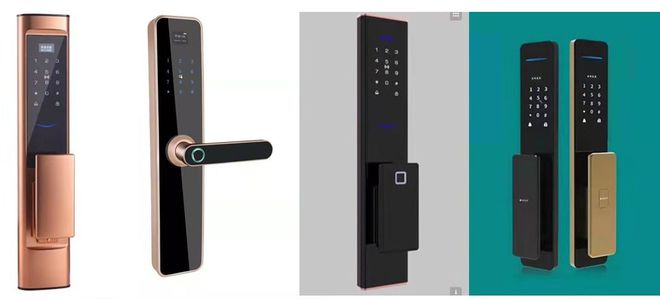
In contrast, die-casting processes can often only be used in conjunction with ordinary electroplating and paint processes. After a period of use, the surface electroplating or paint layer may fall off, causing adverse effects.
At the same time, CNC has another advantage, which is that it is easy to modify dimensional parameters through programming. After the die-casting process mold is opened, it is not easy to modify the appearance size.
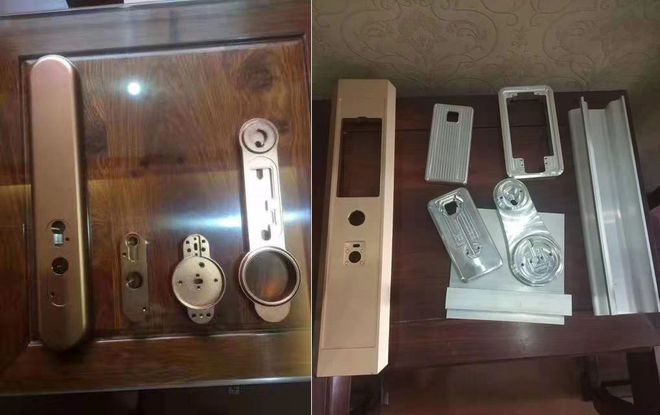
Of course, the disadvantages of CNC technology are also obvious, that is, the design is limited and the mass production time is long.
The limited shape is reflected in the fact that it is easy to make arcs around the smart lock with CNC technology, but it is difficult to make more shapes on other surfaces. Therefore, if you want to make a more beautiful lock appearance, the product processing will be relatively slow and the cost will be significantly increased. Many manufacturers want to be cheap but don’t want to open molds, so most of the smart locks using CNC technology on the market are square, and the appearance difference is not obvious. Therefore, the price of smart locks using this technology is polarized, either very high-end (complex appearance) or relatively ordinary (square).
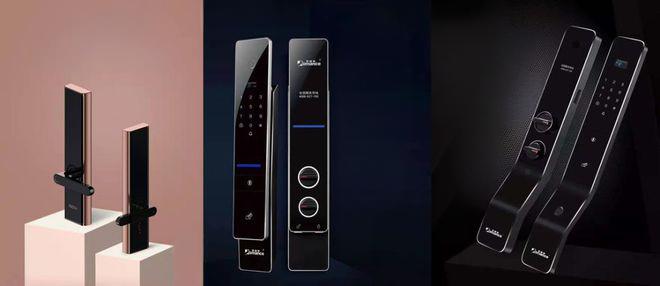
High-end smart door lock products using CNC technology
One machine can only process one part in batch processing, but the lock has many accessories (excluding the internal structural parts of the lock) and cannot be processed at the same time. It also requires programming and debugging, and the requirements for the processing center are also high, so the processing cycle is long.
Another point is that the shell material of the current smart lock using CNC technology is basically made of aluminum. Although the surface is treated to form an aluminum oxide film and the hardness is increased, it is relatively easy to be damaged, similar to the shell of a mobile phone.





